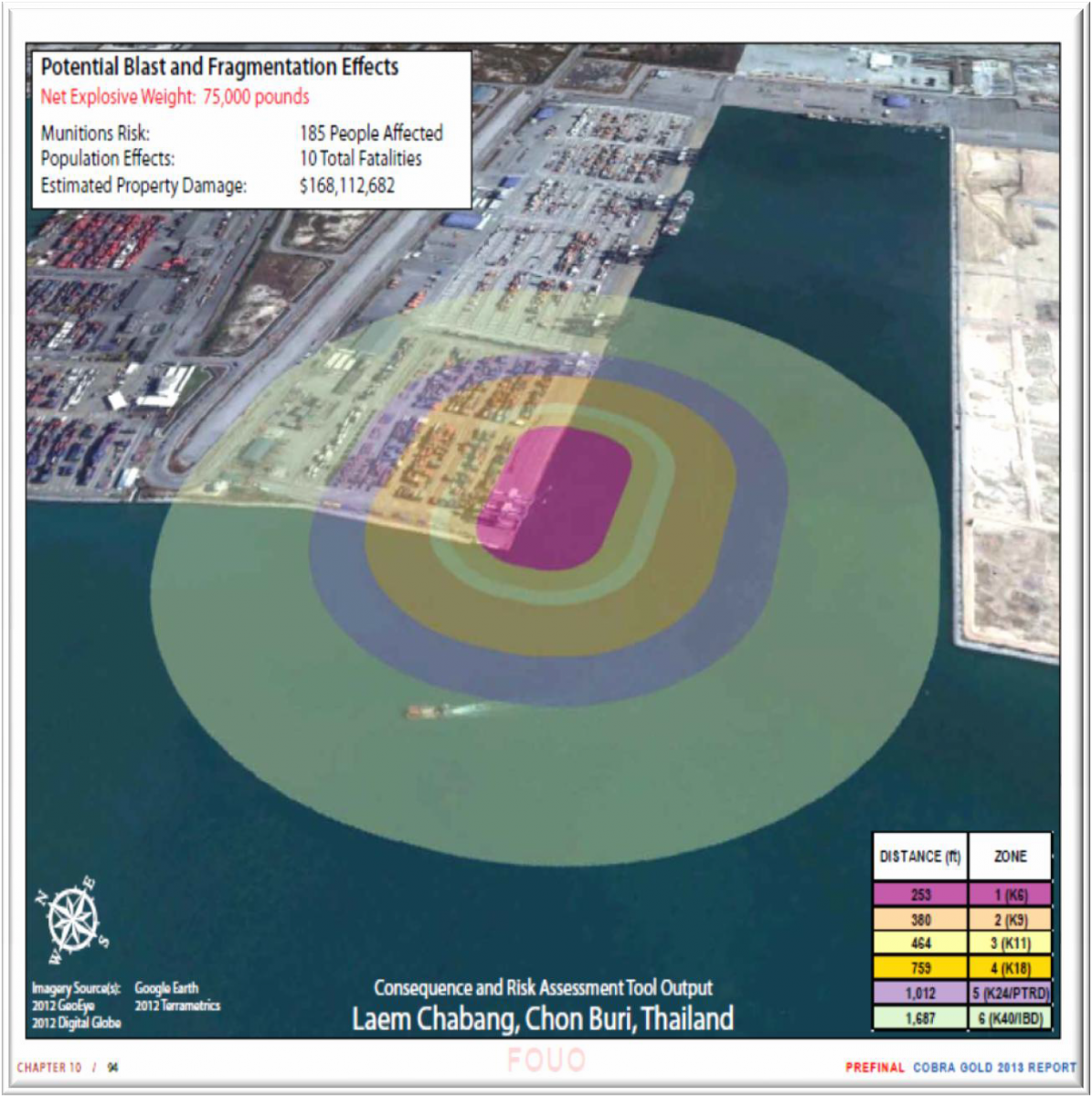Explosives Safety Munitions Risk Management (ESMRM)
The following is an introduction to a informative paper on an important piece of work which has been conducted in recent years to address the need for NATO Munitions Risk Management policy and procedures. The paper has kindly been provided by Mr Thierry Chiapello, Executive Director, US DoD Explosives Safety Board (DDESB). I recommend reading the full article by clicking on the link at the end. Dr Michael Sharp
Over a decade of NATO coalition operations in Afghanistan involving military munitions demonstrated that established NATO explosives safety requirements did not effectively support NATO Commanders or the mission during planning, training, and operations. Several audits conducted between 2002-2010 in Afghanistan revealed that the deployment of multi-national forces, in close proximity operating under different ammunition safety standards resulted in increased levels of munition-related risks and potential for accidents.
Munitions-related risks were often neither identified nor communicated to the appropriate level of leadership for risk decision and possible consequence acceptance. This directly resulted in increased munitions-related risks to the NATO mission, personnel, equipment, infrastructure as well as unidentified risks to surrounding host-nation personnel and infrastructure.
Although NATO nations, through the Conference for National Armaments Directors (CNAD) Ammunition Safety Group (CASG) AC/326, developed and maintain technical explosives safety requirements in AASTP 1 and 5, the absence of key elements such as a clearly defined NATO chain of command (within operational channels) responsible for munitions-related risk decisions, in NATO planning operational and logistics policy or doctrine, hamper their use in operations when it matters most.
The ESMRM assessment process results in a standardized report that provides the NATO Commander the necessary tools to support as informed risk decision for any remaining munitions-related risks that cannot be suitably addressed.
The ESMRM report is enhanced by a combination of government-developed risk calculation tools and commercially modified Geographic Information System (GIS) technology that results in an easily understood graphic. Figure 1 illustrates the output, which clearly defines the affected areas and details potential personnel casualties and infrastructure consequences.
.
The result of the ESMRM work is the development of NATO standard STANAG 2617 and ALP-16.
Thierry L. Chiapello


